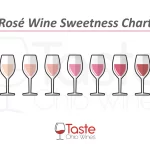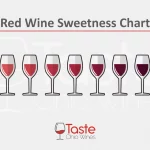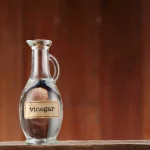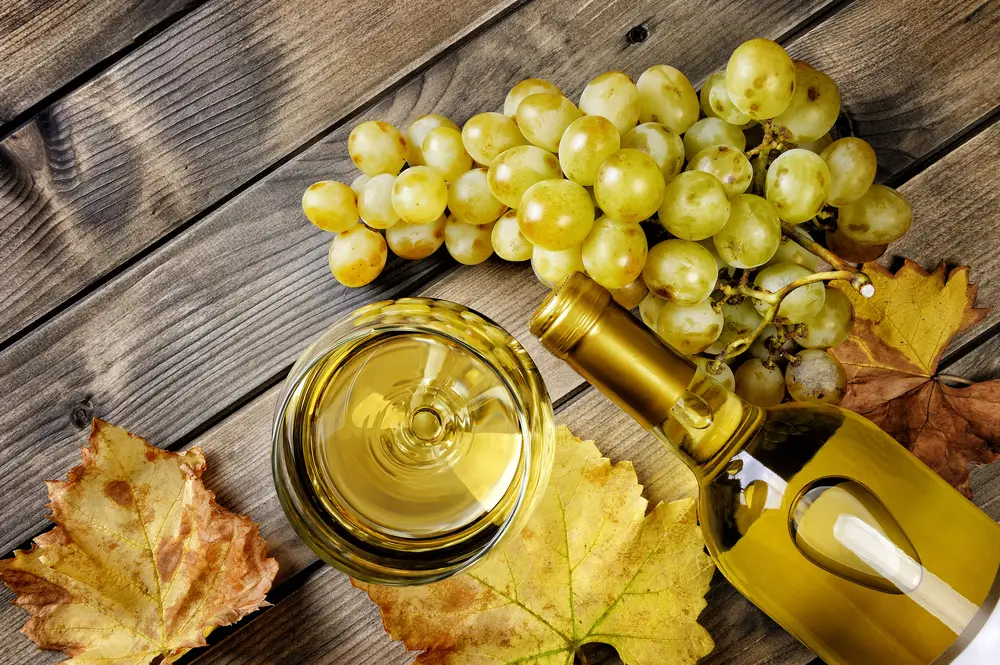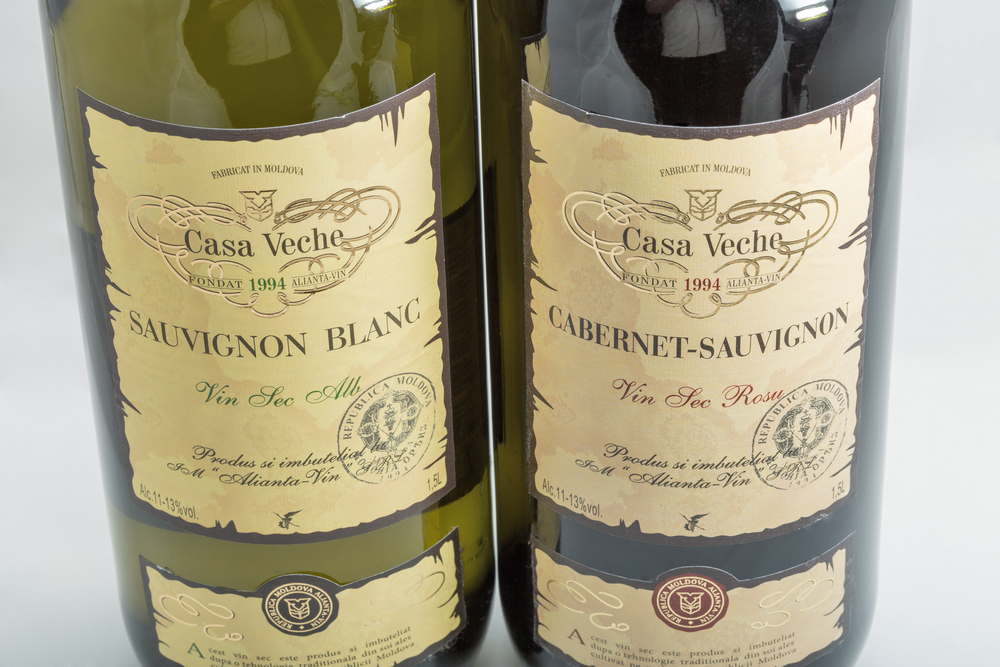Did you know that over 11,000 wineries exist throughout America today and that wine has become a vital part of the alcohol industry?
This booming popularity is due heavily to the unique flavors and textures of dry white wines. In some ways, they’re the ultimate wine because they lack the sugary taste that makes sweet wines a little more palpable for the average person.
Therefore, if you’re interested in a great dry white wine, it is vital to understand more about its unique range of flavors and textures.
You may also be interested in red wine dryness & sweetness or rose wine dryness & sweetness.
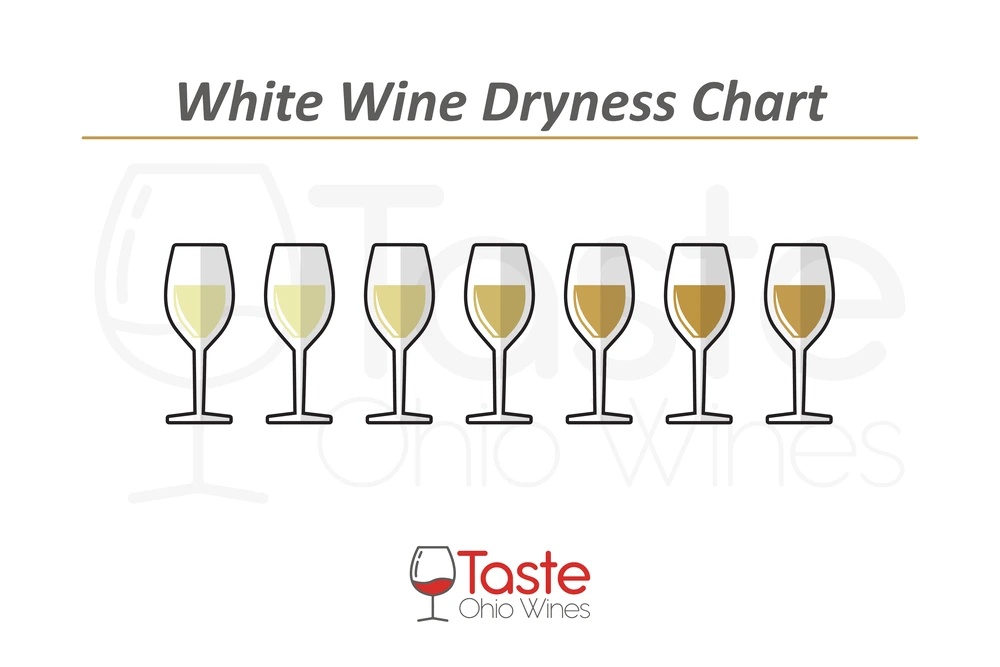
What Makes a White Wine Dry?
The term “dry” does not indicate a wine without wetness. As a liquid, all wine is wet. Instead, dry refers to the sweetness present in a wine.
All vino is rated based on this sweetness scale, with dry wines having far less sugar or residual sugar lingering behind after each taste.
White wines typically go through a unique process during fermentation that helps cut back on their sweetness and produce the special nut and butter flavors commonly associated with the driest whites on the market today.
What’s Residual Sugar?
The term “residual sugar” indicates how much sugar is left in a wine after fermentation.
An excellent dry white wine should have as little as one gram per glass. Sweeter wines may have about 20 grams of sugar per glass, though this level varies.
Below 5-6 grams is typically considered dry as you start to detect a sweet aftertaste at this point. Minimal residual sugar helps to keep these wines from affecting your body and health as much, though they still don’t cut back on potential alcohol reactions.
White Wine by Sweetness to Dryness Chart
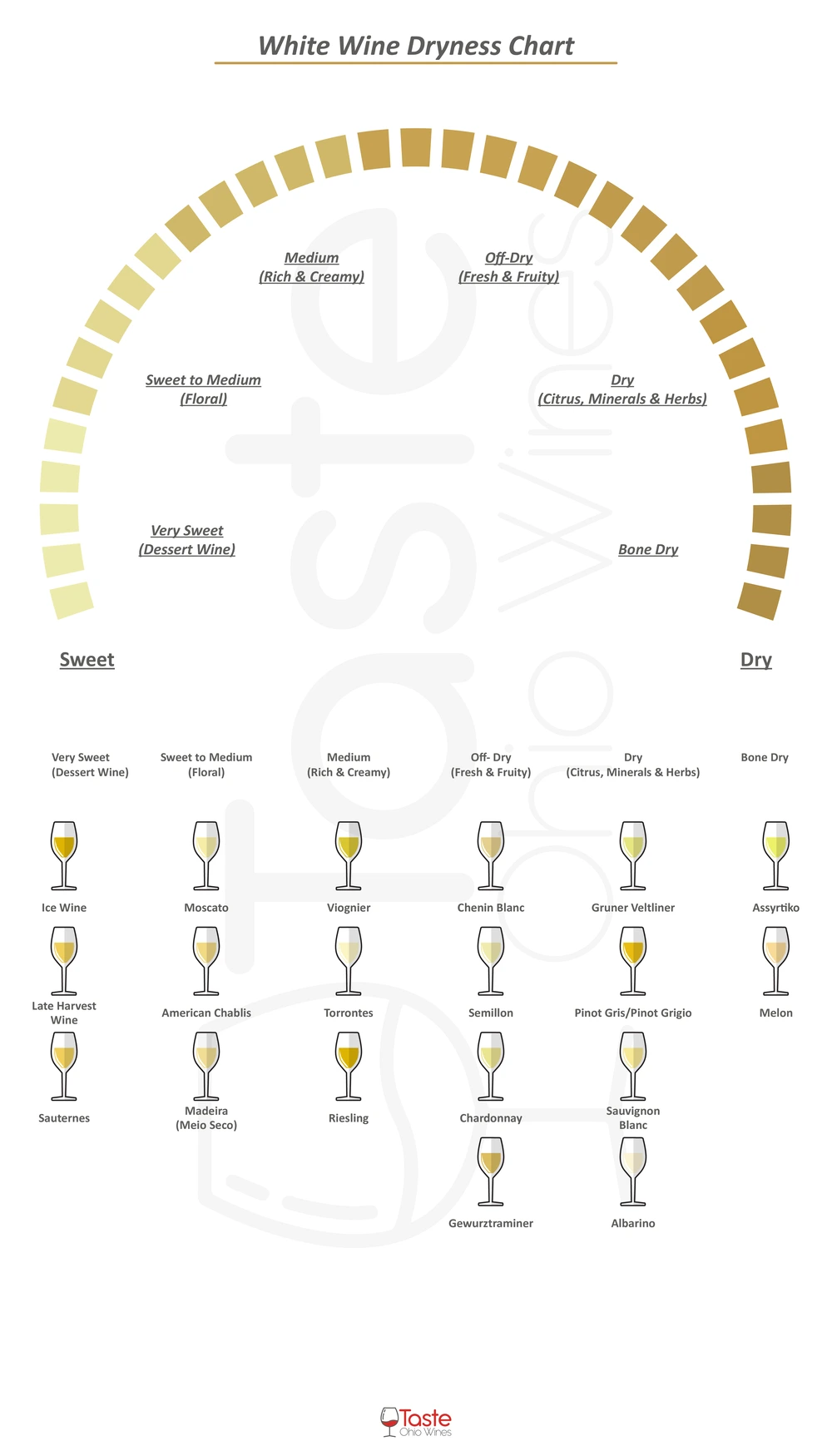
Share this Image On Your Site
List of 16 White Wines by Dryness
What is the Driest White Wine?
1. Assyrtiko
Typically, Assyrtiko is likely to be the driest white wine you can find. It utilizes Greece-based grapes off the island of Santorini.
Its uniquely dry texture produces a heavy level of acidity. Don’t confuse this wine with Vin Santo, as this is a dessert wine that uses the same grapes to create a sweeter taste. The difference lies in how the grapes are prepared before becoming wine.
2. Melon
Melon grapes produce a very dry white wine that may be considered the driest by some people.
It creates a robust grape taste with a bit of smokey aftertaste. Expect this type of wine to come from the Loire Valley, particularly with Muscadet. This wine goes well as a nice, calming drink at the end of a tough day.
3. Sauvignon Blanc
Sauvignon Blanc comes in a very dry style that makes it a popular white for many situations.
Typically, it is one of the driest whites to come out of the New World (California) wine scene. That said, European whites of this type remain the driest option. Try to mix it with a bit of yellow cheese to bring out the flavor more thoroughly.
4. Gruner Veltliner
Austrian white wines don’t get much drier than this option.
It produces a broad range of tastes and aftertastes, including a smokey texture that blends well with many taste palates. The lack of sweetness makes this a wine you should serve chilled, avoiding any excess warmth that may affect the temperature of your wine.
5. Chenin Blanc
Fans of Chenin Blanc know that it comes both in very dry (among the driest in the world) varieties and very sweet.
Look for South African Chenin Blanc to get the driest variety. Other types, particularly from Vouvray, will be sweeter and might not be to the tastes of a white wine fan who prefers their wine a little drier.
6. Pinot Gris/Pinot Grigio
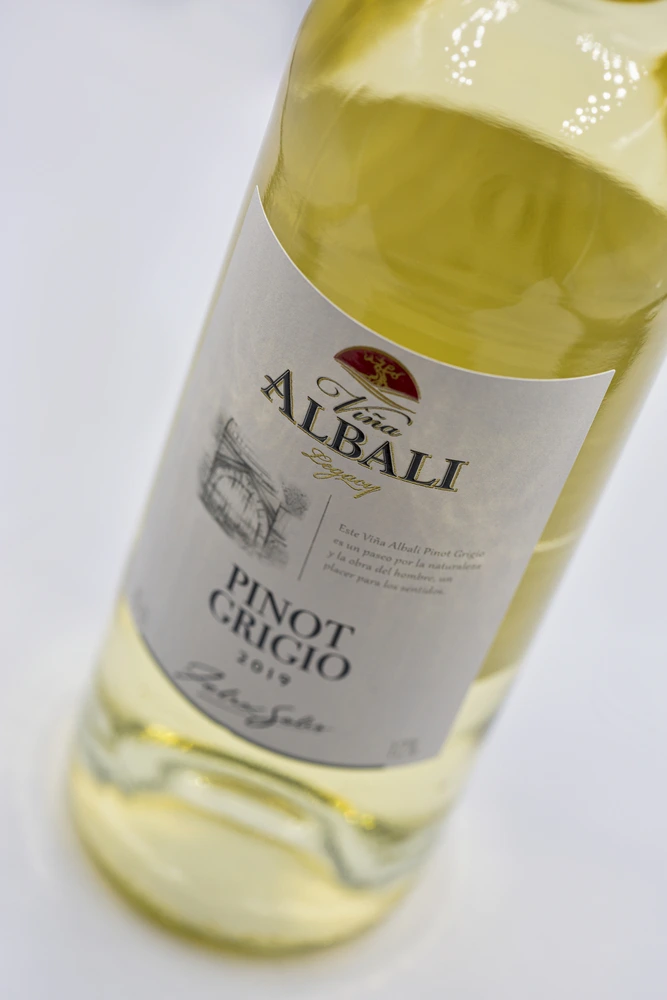
Pinot Gris and Pinot Grigio indicate the same kind of grape and produce a relatively dry wine.
Some Pinot Gris out of Oregon may be sweeter than expected, though most will be within the very dry to the primarily dry range.
Try to seek out Gris or Grigio from France or Italy to get the driest options for your wine enjoyment needs.
Being a dry wine, it typically has fewer calories as well, making it great for a night cap.
7. Semillon
Bourdeaux winemakers may mix Sauvignon Blanc with Semillion to produce a very dry white wine.
Sometimes, this grape can be used to create a reasonably sweet dessert wine known as Sauternes. But, again, make sure to read the bottle carefully to ensure you’re buying the option you want.
8. Albarino
Some dry white wines may have a heaviness that could be uncomfortable or unappealing to some buyers.
Thankfully, Albarino is a very light wine with a refreshing taste that ranges from dry to off-dry. This option is prevalent in Spain and Portugal, so look to these countries to find the best options.
9. Chardonnay
Ah, Chardonnay!
Few wines are quite as classic or as diverse as this white. When drank as a mostly dry option, it typically contains a buttery or mineral taste that may be pretty sharp. However, its smooth blend of aromas and aftertastes keeps this wine popular around the world.
10. Viognier
Like other white wines, Viognier focuses on fairly ripe grapes that may be veering towards too mature.
However, this type of wine uses that unique harvesting schedule to create a very dry wine that may also shift towards the off-dry range from some American vendors.
11. Torrontes
This Argentinian wine has become increasingly popular in recent years, particularly as an off-dry blend.
However, you can also find very dry options for this white, with flavors that range from a buttery texture to a full, nutty bite. Often, this dry white goes best with a rich meal filled with meaty dishes flavored with herbs and spices.
12. Riesling
Riesling comes in both sweet and dry varieties, with its off-dry option coming particularly from Washington State and other areas in the US.
Very dry types are also common from Alsace, so check where your Riesling came from before assuming it is dry.
13. Gewurztraminer
Though not always thought of immediately when buying dry white wines, Gewurztraminer provides a nice off-dry or drier wine option. It may appeal to a broad range of tastes with a very aromatic scent and intrigue many potential wine fans. Expect flavors and smells with a lingering rose texture.
Related: Riesling and Gewurztraminer differences.
14. Moscato
Otherwise known as Muscat, this dry white wine is one of the oldest in the world.
There are hundreds of variations throughout Europe and America, though European wines remain the most popular option. Some Moscato may veer towards sweeter tastes, though the dry varieties often possess a rich range of aromas and flavors.
15. Chablis
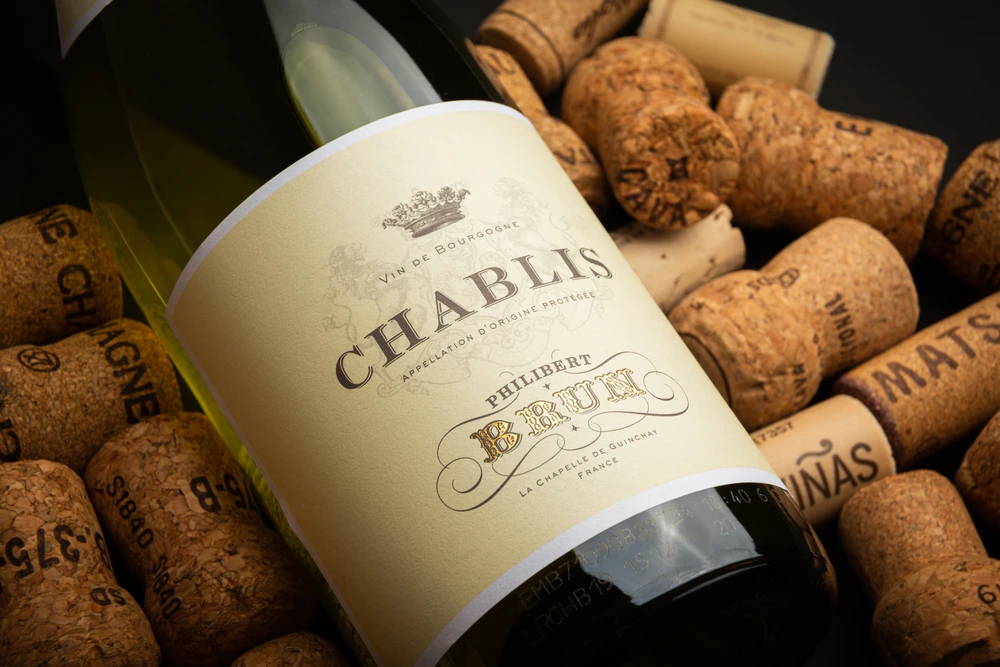
Chablis can come in sweet or dry varieties, typically depending on where it is created. American white wines usually contain a higher sweetness content, though some European options may also be accurate. Look to Spain or France to provide you with the dry white wine that you need.
16. Madeira
The Seco variety of this wine is the driest option, so make sure to look for that when you’re wine shopping. Meio Seco (medium-dry), meio doce (medium-sweet), and doce (sweet) varieties are also available. All should have tasting notes of caramel and honey with an herb aftertaste.
Different Levels of Dryness and Sweetness in White Wine Grapes
What is interesting about white wines is that any grape can be used to produce a sweet or a dry flavor. Typically, it all depends on the length of the fermentation process.
When winemakers stop early in the fermentation process, they retain more sugar and create a sweeter wine. Conversely, longer fermentation times remove more sugar and produce a dryer taste for your white wine.
As a result, it isn’t necessarily the grape type that matters when creating a dry white wine.
However, some white grapes simply taste better dry, such as the Muscato. While it is possible to make a sweet wine out of this grape (and for that wine to be surprisingly tasty), it simply has a better variety of aromas and textures when created as a dry wine.
The wines on our list could all be sweet but rarely are because they’re better dry.
Difference Between a Dry Wine and One That Dries Out Your Mouth
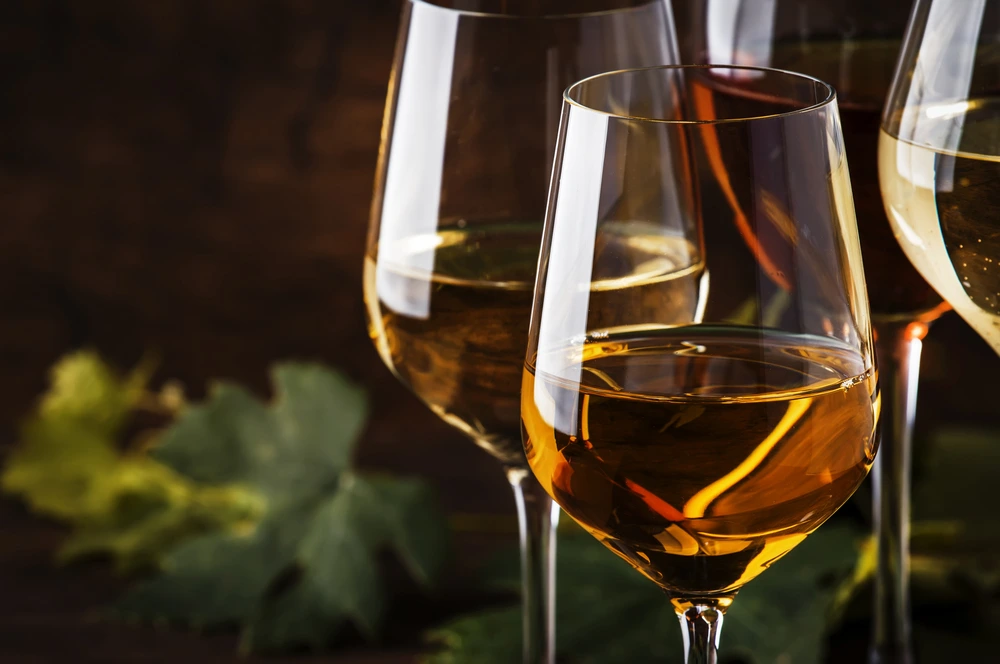
A drying wine is not the same thing as a dry wine.
While some dry wines may dry out your mouth, very few of them are white. That’s because they do not have tannins in their mix.
Tannins are an astringent common in many red wines that will dry out your mouth and your cheeks. Tannins are not connected to the dryness of a wine, which is an indication of its overall sweetness.
Many sweet red wines will dry out your mouth due to their high tannins content. Understanding these different terms is essential.
For example, your friend may accidentally misinform you by telling you that a wine is dry when it is instead drying. Thankfully, white wines rarely cause that drying effect because they (most) lack tannins, so you should be safe when talking about whites.
Sweet Wines and Fruity Wines – The Differences
A wine’s fruitiness is also not necessarily connected to its sweetness.
That’s because most dry white wines possess rich and fruity tastes, including tasting like apples, pear, and other types of fruits. However, the average person’s taste palate naturally associates fruit with sweetness, so tasting an apple may trick you into thinking that you’re drinking a sweet wine when it is pretty dry.
It is essential to rely on elements outside of your taste to decide if you’re drinking a dry or sweet wine.
Typically, the wines we listed above are all dry, so if you buy a bottle that tastes fruity, you can rest assured knowing you don’t have a sweet drink.
However, just as importantly, you need to look at the bottle to determine its sweetness before purchasing. Surprisingly, this step is not only possible but relatively simple.
You Can Tell If a Wine is Dry or Sweet Using The Label
If all else fails, you can look directly at your label to get an idea of the dryness of your wine.
How can you perform this simple test? First, check the label and look at the alcohol content of your wine. You’ll find that wines with a low alcohol content typically have a sweeter taste.
Anything under 10% is considered sweet. Wines between 10-12% are off-dry and anything over 12% should be very dry. Be very careful when buying alcohol-heavy dry white wines. You’ll get more of a punch with each drink.
FAQ
When shopping for dry white wines, it is essential to know precisely what you’re looking for and what kind of questions you should ask. The following questions and answers should help make this process easier and address any concerns the sections above did not touch upon earlier.
What is the driest white wine?
Assyrtiko and Sauvignon Blanc are the driest white wines on the market. Muscadet isn’t far behind and may be drier, depending on the maker.
Which white wines are dry?
Dry white wines consist of options like Pinot Grigio, Chenin Blanc, Sauvignon Blanc, Muscadet, and many more. Read our list to get a more comprehensive understanding.
Which white wines are the sweetest?
Moscato is typically considered the sweetest white wine and is as close to a dessert wine as possible without crossing that threshold.
How should dry white wine be used?
Dry white wine works best as a palate cleanser before and during meals, helping to provide a rich aftertaste for various meat-based dishes and meals.
What glass to use for dry white wine?
You don’t necessarily need a special wine glass for your dry white wine. However, it would help if you had a stemmed glass because you must hold the stem to avoid warming up your wine.
Finding a Great Dry White Wine
If you are interested in dry white wines, you can use this information to find an option that makes sense for you. We did all of the complex research so that you could simply sit down, sip a glass of white wine, and feel comfortable. Don’t hesitate to reach out to us if you need to learn more about your options.
- Shrimp Cocktail (and More) Wine Pairing Guide - 09/06/2022
- What Wine Serving Sizes Look Like: Standard Size and More - 08/06/2022
- How Much Sugar is in Wine: Glass and Bottle Sugar Content - 08/06/2022

